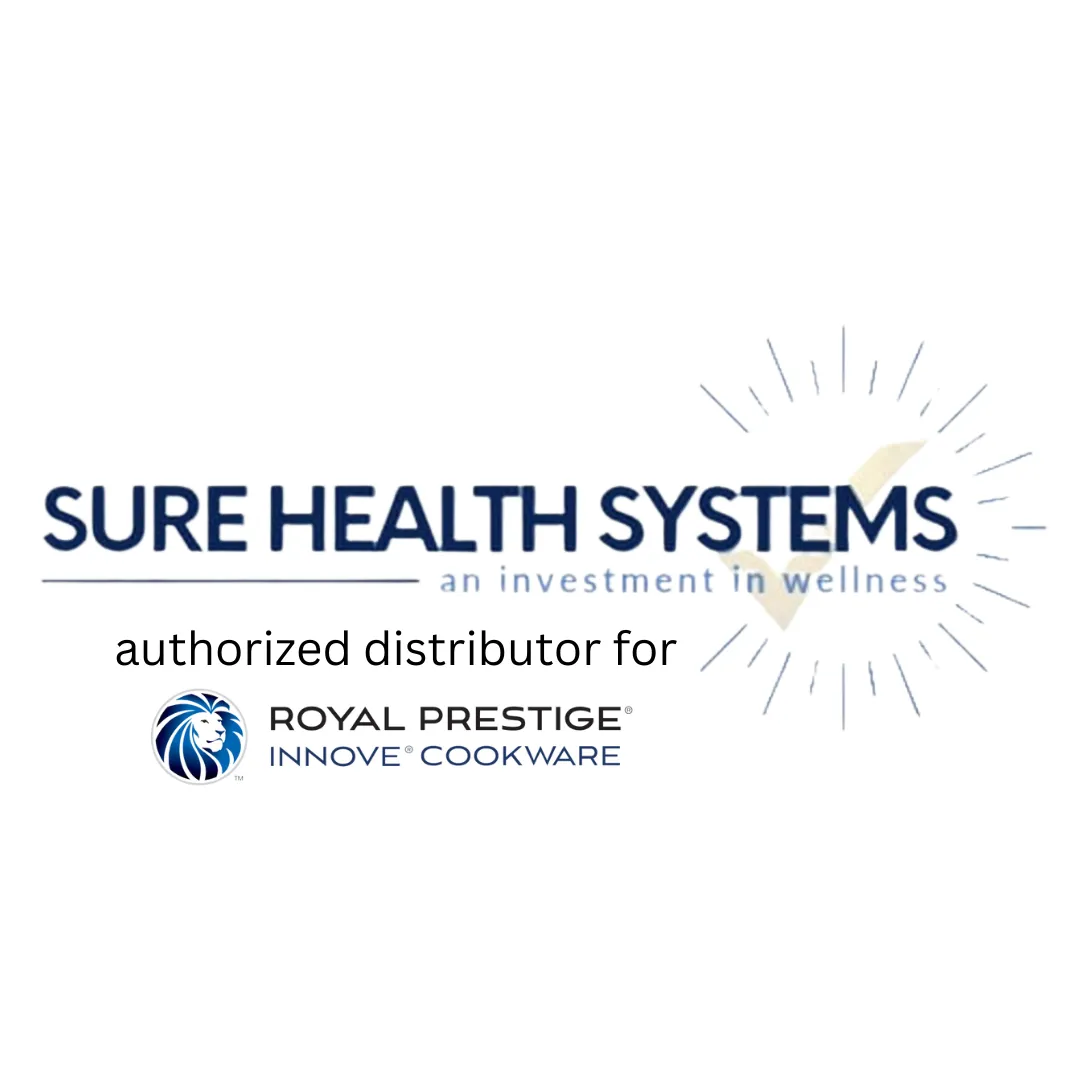STILL NOT SURE?
Frequently Asked Questions
What is oil-free cooking?
Our oil-free cooking system, allows you to cook without adding oil or fat, which promotes a healthier, lower-calorie meal whilst preserving the foods' natural flavours. This method is possible because of Innove’s innovative cooking technology which distributes heat evenly during cooking. which prevents food from sticking and allows ingredients to cook evenly. The cookware’s vapor-seal lids also trap steam and moisture, enabling food to cook in natural water. This approach is beneficiary in reducing cholesterol and saturated fat intake, making it ideal for health-conscious cooking without compromising taste and nutritional value.
What is waterless cooking?
Waterless cooking in Innove uses the cookware’s vapor-seal technology to trap steam, allowing food to cook in its natural moisture, preserving flavors, nutrients, and requiring no added oils or fats.
How can I be sure that our products do not react with the food?
The innermost layer of our cookware is made of 316L grade Surgical Stainless Steel. This grade is completely inert and does not react with food. A simple baking soda test can be conducted at home to verify the same.
Differences between 316Ti and 316L Surgical stainless steels?
316Ti stainless steel is a titanium-stabilized version of 316L, offering enhanced high-temperature resistance and corrosion resistance, while 316L has lower carbon content which exhibits excellent resistance to corrosion in various environments, including seawater, chemicals, and acidic liquids.
While both 316Ti and 316L are high-quality, non-reactive materials, 316L surgical steel provides the safest cooking surface for most people. Its combination of low carbon content and superior corrosion resistance makes it the ideal choice for preventing leaching of metals into food, especially in everyday cooking scenarios. 316Ti, though a strong and durable material, is generally more suited for high-temperature industrial applications, rather than everyday cooking tools. Therefore, 316L is the safer and more reliable option for cookware intended to maintain a healthy, non-toxic cooking environment.
https://www.apsense.com/article/comparison-of-316-stainless-steel-and-316l-and-316ti.html Stainless Steels: An Introduction and Their Applications" by Michael J. Sedriks.
https://sino-stainless-steel.com/blog/316l-vs-316ti-stainless-steel.html
316Ti and 316L are non-reactive, which means they won’t leach metals into food like some other lower-quality cookware materials might. The long-term durability and non-reactivity of these stainless steels make them excellent choices for healthy cooking tools, ensuring your meals stay free from contaminants and preserve their natural flavors. But 316L, with its low carbon content, is highly resistant to corrosion, especially in environments that involve exposure to acidic ingredients, like salt, citrus (orange, lemon, lime etc.), vinegar, tomato or tomato products, soy sauce etc. The low carbon content helps prevent carbide formation at the grain boundaries, which can lead to corrosion and the potential leaching of metals into food, particularly after the cookware is welded. 316L is especially ideal for cookware that frequently undergoes cleaning, like pots, pans, or utensils used in everyday cooking. Its excellent resistance to leaching ensures that your food remains free from harmful metallic flavors or chemicals, maintaining a safe and healthy cooking environment.
https://tubingchina.com/comparison-grade-316-316l-316ti.htm
Food Safety and Standards Authority of India (FSSAI) and other regulatory bodies
NSF/ANSI 51 (Food Equipment Materials Certification).
Both alloys (316L and 316Ti) are part of the 316 series, known for being food-safe and non-reactive. However, 316L’s lower carbon content ensures long-term corrosion resistance in kitchen settings, reducing any risk of metal leaching. 316L is widely used in medical implants (surgical steel) due to its biocompatibility, underscoring its safety for prolonged human contact.
For maintaining a non-toxic cooking environment, 316L’s combination of low carbon content, proven corrosion resistance, and biocompatibility makes it the safer cooking surface, more practical choice. 316Ti remains valuable in industrial contexts involving prolonged exposure to temperatures above 800°F (427°C), which exceeds typical cooking conditions, and offers no superior benefits for everyday cookware.
https://shop.machinemfg.com/316l-vs-316ti-stainless-steel-a-comprehensive-comparison/
https://www.sciencedirect.com/science/article/abs/pii/S0927776520308250?utm_source=chatgpt.com
ISO 5832-1 (Implants for Surgery
Company
Resources
Legal
Surehealth
28b, Alhaji Jimoh Street, off Adeniyi Jones, , Ikeja Lagos 1000 [email protected] 0913 429 7085
POWERED BY HYPHENCONNCT.AI
